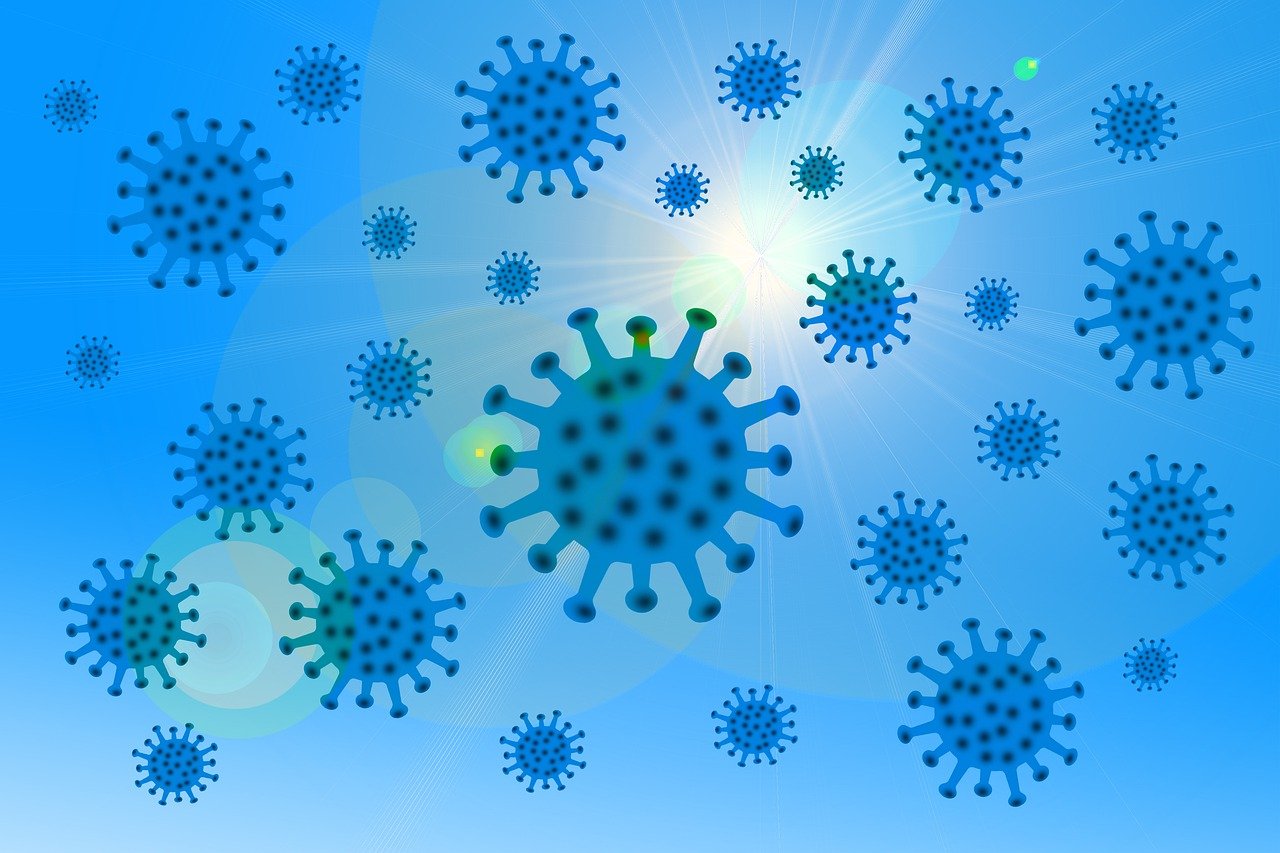The fall season brings more than just the shedding of leaves and cold weather. For some people this change in the weather is depressing and some of them are diagnosed with Seasonal affective disorder (SAD). It is a sub-type of depression that may vanish on its own when the weather changes again.
The American Psychiatric Association estimates 5% of the adult population suffers from Seasonal affective disorder (SAD) which lasts nearly 40% times of the whole year.
It is not just a sad feeling because of Seasonal affective disorder (SAD) requires medical attention and care. The typical onset of its symptoms starts in pre-fall weeks and may vanish once the weather changes completely.
Also read- A Daily Use of Aspirin can Increase the Risk of Cardiovascular Diseases
The American Psychiatric Association (APA) says that this condition is a result of a biochemical imbalance inside the human brain which is sometimes triggered at the time of dusk when sunlight is low. This affects the natural biological clock of the body which changes the work performance, energy, sleep cycle, and various other body functions.
When the amount of sun is low, it changes the serotonin production and response. Serotonin is a neurotransmitter that is associated with mood enhancement and stress relieving. Sunlight has a direct role in serotonin production and when it is produced in a lower amount, it is highly likely to make a person sad and induce the symptoms of SAD.
People who live away from the equator are more likely to experience this seasonal affective disorder. For example, a person living in Canada has a high chance of feeling this as compared to a person living in Florida.
The National Institutes of Health (NIH) enlists the following factors that may increase the chance of experiencing seasonal affective disorder.
- Women
- Middle-age adult
- Medical history of stress and depression
- Personal history of depression
- Personal history of bipolar disorder
The latest addition to these risk factors is the on-going pandemic which has reportedly affected the mental health of millions of people. Some medical health experts estimate that the risk is double higher this year because of the added stress by the pandemic.
The coronavirus pandemic has changed lifestyle, limited social interaction, and restricted people to their houses. These things may look simple but they are highly likely to affect the mental health of the people.
One of the most common symptoms of seasonal affective disorder (SAD) is social withdrawal and the same is the case with pandemic care. So physically distancing yourself from your friends and family is an undeniable risk that may completely damage a person’s mental health.
Also read- The New TikTok “Benadryl Challenge” Can Kill You
Those who have a personal or family history of SAD are at a more increased risk of depression this year. But there are ways to control and reduce this risk. The health experts believe self-care practices should be the top priority this year. It may not be possible to completely get over the emotional disturbance but some of the preventive measures can definitely change it.
Simple things like exercise, improved diet, sleep regulation and fun activities with family members should be made a part of the daily routine. Try to get more sunlight during this seasonal change. Only preventive measures can help to give control over the depression linked with seasonal shifts.


